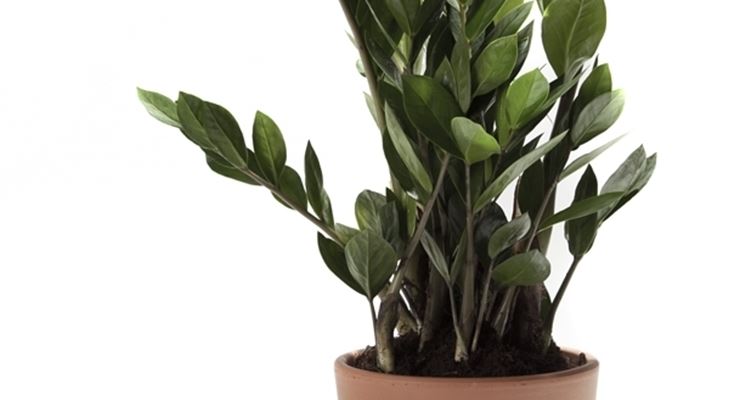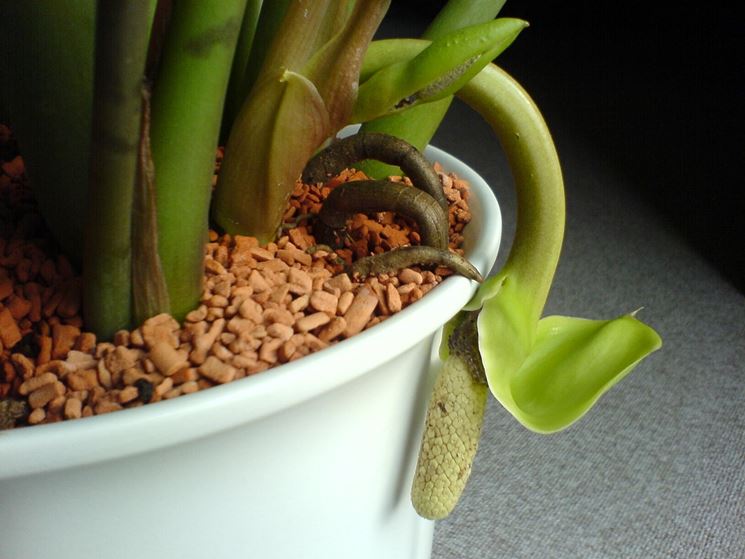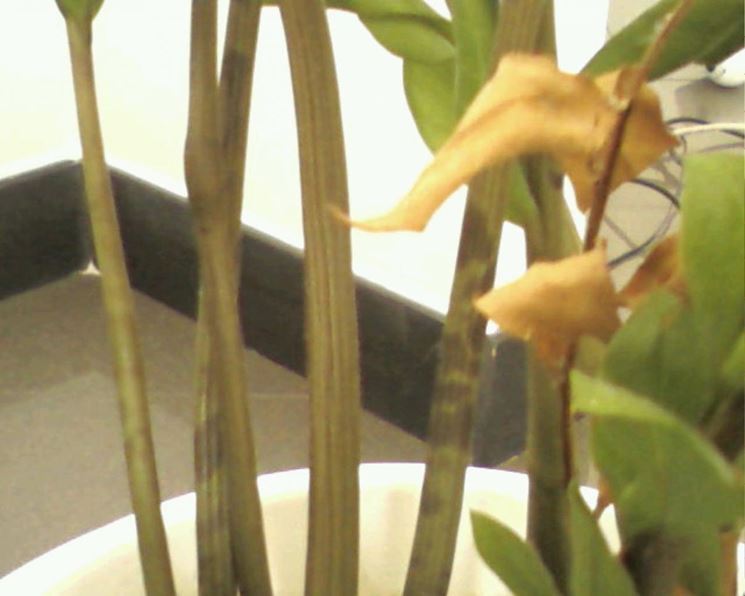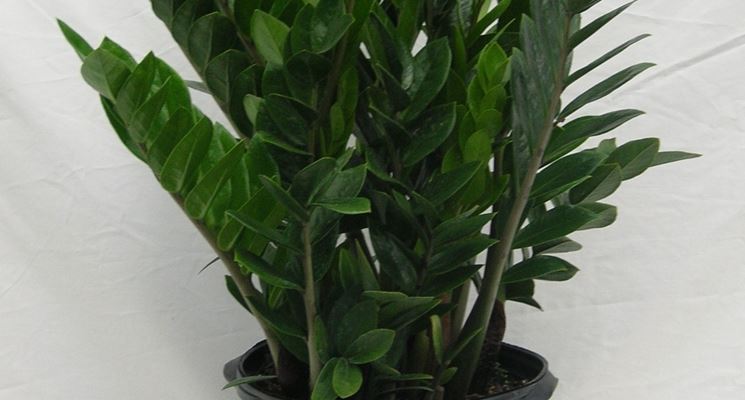Zamioculcas yellow leaves

Zamioculcas: general characteristics

Zamioculcas yellow leaves: causes

Although it is a very resistant plant to diseases and pests, it can happen that the zamioculcasdevelopment of yellow leaves. The onset of yellowish, however, has nothing to do with infestations by pathogens, but occurs in particular environmental conditions. But what specifically are the causes of yellow leaves in zamioculcas? The main reasons that lead to yellowing and deterioration of the foliage often concern incorrect cultivation techniques. The zamioculcas is in fact a plant that does not tolerate excessive humidity and a soil that is too wet can harm the leaves. In the worst cases, the presence of stagnation can lead to the development of root rot which causes both dryness and fall of the leaves. Finally another cause could be direct exposure to sunlight which can easily burn and yellow the leaves of zamioculcas.
Zamioculcas yellow leaves: prevention

But how can the development of yellow leaves in zamioculcas be prevented? Obviously the first thing to do to prevent this type of problem is to avoid the environmental conditions and not able to cause it. First of all, remember that you must never wet the substrate if it has not dried first. During the winter season, watering can be suspended almost completely, and the soil can be moistened approximately once a month. In order to prevent stagnation, it is necessary to ensure that the soil is sufficiently drained. Excessive fertilization is also not recommended as it can, like excessive irrigation, cause yellow leaves in the zamioculcas. Therefore, suspend fertilization especially in the winter period. Finally, in the warm months, place the plant in partial shade.
Zamioculcas: cultivation techniques

One of the conditions, however, for our zamioculcas to grow healthy and luxuriant is to use cultivation techniques suitable for this plant. First you need to choose the right substrate to grow zamioculcas: actually this plant grows well in any type of soil, but it would be preferable to plant it in light substrates, suitable for succulents. The plant must be placed in an environment not directly exposed to sunlight, with a temperature preferably between 18 and 26 degrees centigrade. Fertilization is carried out only in the warm months, with organic and liquid fertilizers, which must be applied only to the base of the soil and should not come into contact with roots and leaves. Planting takes place in spring or summer:


